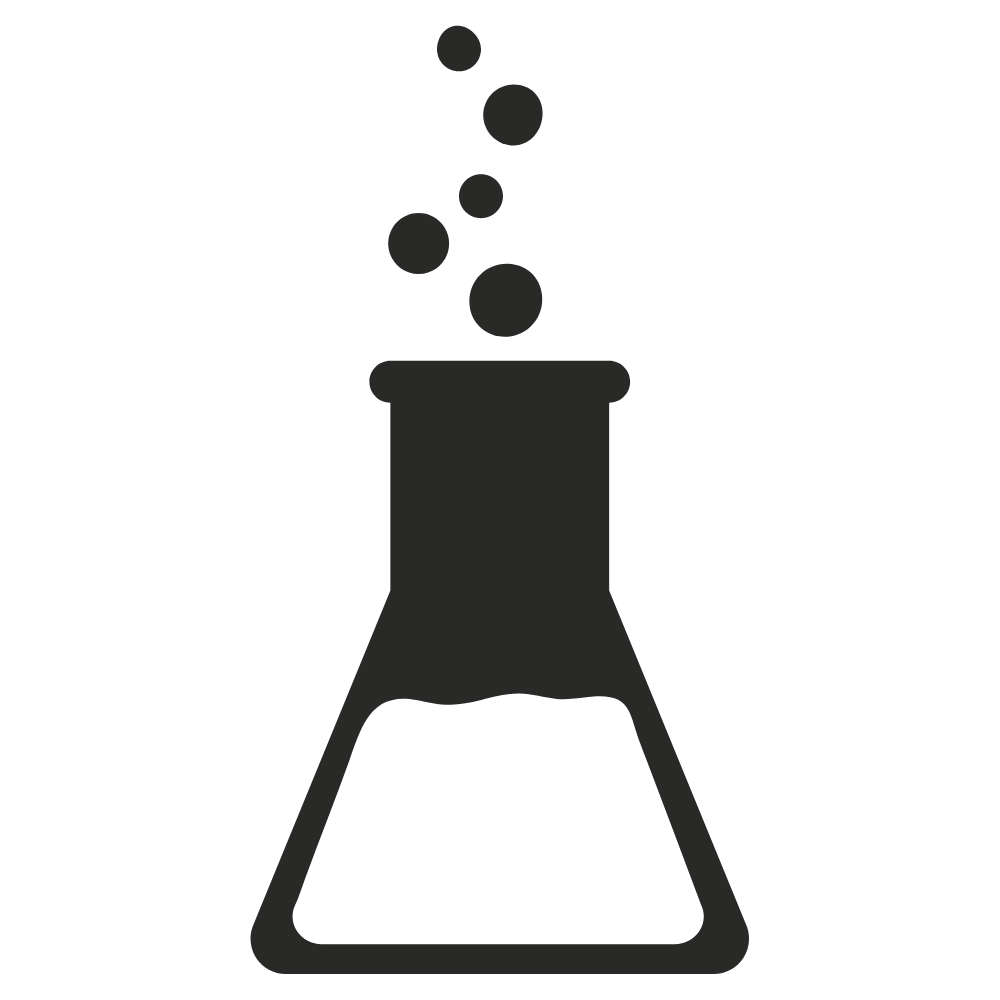|
 How to Sterilize Liquids How to Sterilize Liquids


|
eogas
|
When it comes to the steam sterilization of liquid media, there are a number of user concerns that are handled in various ways. Monitoring these cycles with biological indicators (BIs) and the various restrictions and cycle modifications that are done can lead to a false positive or a failed cycle.
|
|
|
|
|
Here are only a few of the cycle modifications done or restrictions applied by users for the steam sterilization of liquid media:
- User needs to keep the media flask in a container while being sterilized so the boil-over does not get all over the autoclave.
- According to the manufacturer’s instructions, the user needs to sterilize the media at 121°C for 15 minutes. The user can’t find a BI that will die in this short cycle.
- User can’t run a longer cycle time since the media is heat sensitive and may not promote growth if a longer cycle time is used.
- User’s protocol states to run only in a 15 minute, 121°C cycle.
- User has determined a cycle exposure time for a 1L flask of TSB. Now, what time should be used for a 2L flask; do I double the time?
Many unique questions arise when working with liquid loads that would never come up if the cycle was for hard goods or wrapped goods. Most of the items would not be temperature sensitive, so there would be no worry about boil-over or questioning of BI placement. Yet with liquid loads there are no concerns about pre-vacuum-air-removal or steam penetration as into a porous load.
Validating load configurations:
So, why do so many problems occur with liquid media sterilization and BI lethality? Some of the methods used to address the concerns expressed above actually can contribute to a failed cycle or a cycle where the BI is positive. This largely happens due to the fact that most of the liquid load/media cycle configurations used in many clinics, universities or hospitals were not validated. Validating a load configuration cycle provides “documented procedure for obtaining, recording and interpreting the results required to establish that a process will consistently yield product complying with predetermined specifications” (ISO/TS 11139:2006, Definitions 2, 55 2) In sterilizing media, the desired outcome is to produce media with certain qualities such as pH range, growth promotion ability and sterility.
Performing validation for liquid sterilization:
When performing a validation of a selected exposure time/temperature liquid media cycle to be used, it needs to be determined how long it takes from the start of the cycle to get the media up to 121°C. This would be recorded as the ‘come-up’ time required for that particular cycle. If this was done with 1L flasks of media, a separate validation would be needed for cycles including larger volumes (2L flasks for example). To determine ‘come-up’ time for a load of two 1L flasks of TSB, a temperature recorder could be placed into each flask of media to record the media’s temperature during the entire cycle duration. This activity would be repeated for at least two more cycles with each containing newly prepared flasks of media. The ‘come-up’ times of all three cycles should be very similar. If, for example, the ‘come-up’ times for the three cycles (to hit a temperature of 121°C) were 16 minutes, 12 minutes and 14 minutes respectively, this data could be compared, and it could then be determined that a worst-case come-up time would be 16 minutes.
There is now data that supports that, with a certain number of 1L flasks of a particular media, the temperature of the media will reach 121°C within 16 minutes of the start of the cycle. The number of flasks and the volume in each along with their position placement within the autoclave chamber should be documented and must remain the same for additional cycles used in the future unless a continued validation is performed using other placement areas or fewer flasks. It is necessary to validate a worst-case load to be able to predetermine that all other loads will also hit 121°C temperature within the specified 16 minute ‘come-up’ time.
Use a Data logger:
A very easy to use thermistor or data logger for recording the media’s temperature during a sterilization cycle can easily be placed inside the actual flask of media. By doing so, the actual temperature of what is being sterilized can be determined. Placing the data logger on a shelf inside the autoclave chamber would not show what is actually going on inside the media flask. The logger must actually be placed inside the media flask.
Running media in a longer cycle will likely not adversely affect the media and growth promotion abilities. After all, running a 35-minute cycle where it takes a 20-minute come-up time would actually be a 15 minute cycle at 121°C. If there are concerns about cycle length, run the cycle and then test the media and verify that it still performs as expected and that growth promotion has not been compromised.
Running different volumes per flask or different numbers of flasks in a cycle are situations where additional validation work would need to be done. Running 1L flasks may need a 35-minute cycle where several 2L flasks may need additional time for come-up and perhaps a 45-minute cycle or more. By using a data logger, the various exposure times needed to get differing volumes of media up to 121°C can easily be determined.
|